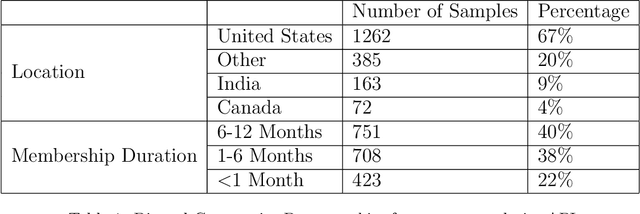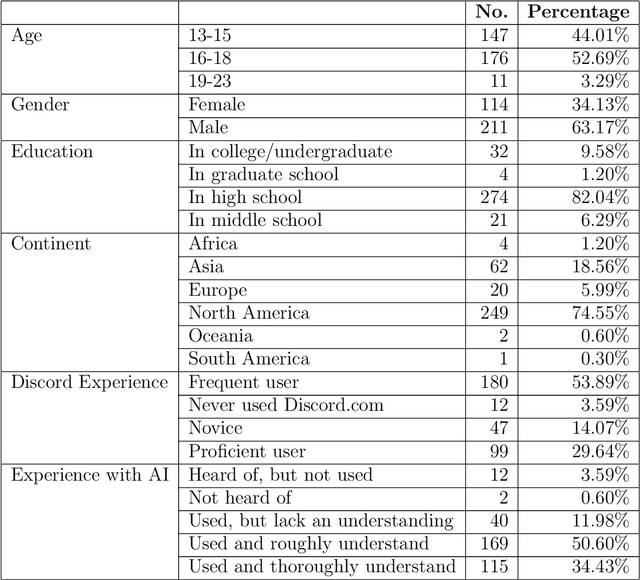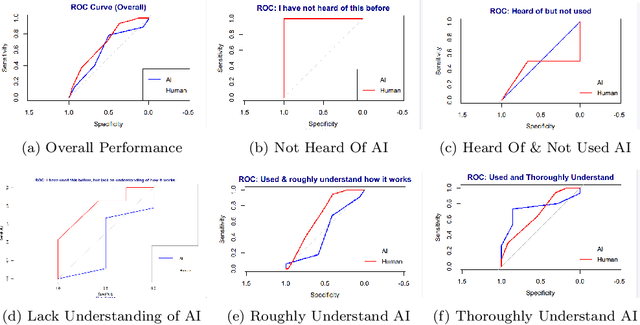Dhruv Ramu
Real-Time Computational Visual Aberration Correcting Display Through High-Contrast Inverse Blurring
Dec 30, 2024



Abstract:This paper presents a framework for developing a live vision-correcting display (VCD) to address refractive visual aberrations without the need for traditional vision correction devices like glasses or contact lenses, particularly in scenarios where wearing them may be inconvenient. We achieve this correction through deconvolution of the displayed image using a point spread function (PSF) associated with the viewer's eye. We address ringing artefacts using a masking technique applied to the prefiltered image. We also enhance the display's contrast and reduce color distortion by operating in the YUV/YCbCr color space, where deconvolution is performed solely on the luma (brightness) channel. Finally, we introduce a technique to calculate a real-time PSF that adapts based on the viewer's spherical coordinates relative to the screen. This ensures that the PSF remains accurate and undistorted even when the viewer observes the display from an angle relative to the screen normal, thereby providing consistent visual correction regardless of the viewing angle. The results of our display demonstrate significant improvements in visual clarity, achieving a structural similarity index (SSIM) of 83.04%, highlighting the effectiveness of our approach.
Generation Z's Ability to Discriminate Between AI-generated and Human-Authored Text on Discord
Dec 31, 2023



Abstract:The growing popularity of generative artificial intelligence (AI) chatbots such as ChatGPT is having transformative effects on social media. As the prevalence of AI-generated content grows, concerns have been raised regarding privacy and misinformation online. Among social media platforms, Discord enables AI integrations -- making their primarily "Generation Z" userbase particularly exposed to AI-generated content. We surveyed Generation Z aged individuals (n = 335) to evaluate their proficiency in discriminating between AI-generated and human-authored text on Discord. The investigation employed one-shot prompting of ChatGPT, disguised as a text message received on the Discord.com platform. We explore the influence of demographic factors on ability, as well as participants' familiarity with Discord and artificial intelligence technologies. We find that Generation Z individuals are unable to discern between AI and human-authored text (p = 0.011), and that those with lower self-reported familiarity with Discord demonstrated an improved ability in identifying human-authored compared to those with self-reported experience with AI (p << 0.0001). Our results suggest that there is a nuanced relationship between AI technology and popular modes of communication for Generation Z, contributing valuable insights into human-computer interactions, digital communication, and artificial intelligence literacy.
 Add to Chrome
Add to Chrome Add to Firefox
Add to Firefox Add to Edge
Add to Edge